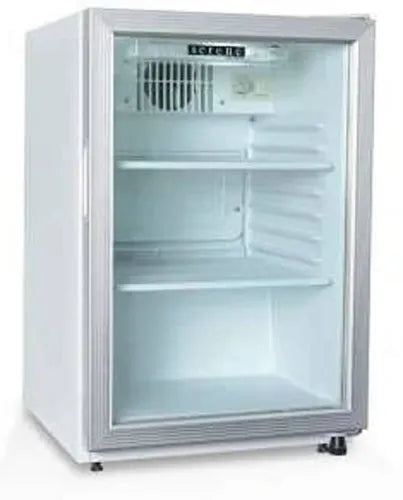If your commercial fridge is always covered in condensation, you’re not alone. Excess moisture can lead to mold growth, spoiled food, and even damage to your fridge over time. In this article, we’ll explain why your commercial fridge keeps condensing, the science behind it, and simple ways to reduce condensation by improving your environment.
What Causes Condensation in a Commercial Fridge?
Condensation occurs when warm, moist air comes into contact with the cold surfaces inside or outside your fridge. This creates water droplets that form on glass doors, walls, and shelving.
Here are some of the most common causes:
- Frequent Door Opening: Every time the fridge door opens, warm air enters and clashes with the cold air inside.
- High Humidity Environment: If your commercial kitchen has poor ventilation or is in a naturally humid climate, there’s more moisture in the air to condense.
- Worn-Out Gaskets or Door Seals: Damaged seals allow warm air to seep into the fridge even when the door is closed.
- Overloading the Fridge: When airflow is blocked by too much product, the cooling system can’t circulate air properly, increasing humidity inside.
- Faulty or Inadequate Insulation: Older fridges or low-quality models may not be insulated well enough to prevent temperature fluctuations.
How to Reduce Condensation in Your Commercial Fridge
Controlling condensation is all about controlling the surrounding environment and maintaining your fridge properly. Here’s how:
1.
Improve Ventilation
- Install an exhaust fan in your kitchen to reduce humidity.
- Ensure that your fridge isn’t placed near heat-producing appliances like ovens or fryers.
2.
Monitor and Control Humidit
- Use a dehumidifier if your workspace is naturally humid.
- Consider installing a hygrometer to monitor indoor humidity levels (ideal range: 30–50%).
3.
Inspect and Replace Door Seals
- Check gaskets regularly for cracks or wear.
- Replace faulty seals immediately to maintain proper insulation.
4.
Limit Door Openings
- Train staff to open fridge doors only when necessary.
- Use strip curtains or air curtains on walk-in coolers to reduce warm air inflow
5.
Allow for Proper Airflow
- Don’t overload shelves. Leave space between items so cold air can circulate evenly.
- Avoid placing items directly against the back wall.
6.
Schedule Regular Maintenance
- Have a professional check the refrigeration system regularly.
- Make sure the drainage system is working properly to prevent water buildup.
Final Thoughts
Condensation in a commercial fridge isn’t just annoying — it can lead to serious food safety and equipment issues. By identifying the cause and making a few environmental adjustments, you can greatly reduce excess moisture and keep your fridge running efficiently.
If you’ve tried these steps and still notice excessive condensation, it may be time for a service call or even a fridge upgrade. Keeping your equipment in top condition ensures not just safety, but also better energy efficiency and longer product










